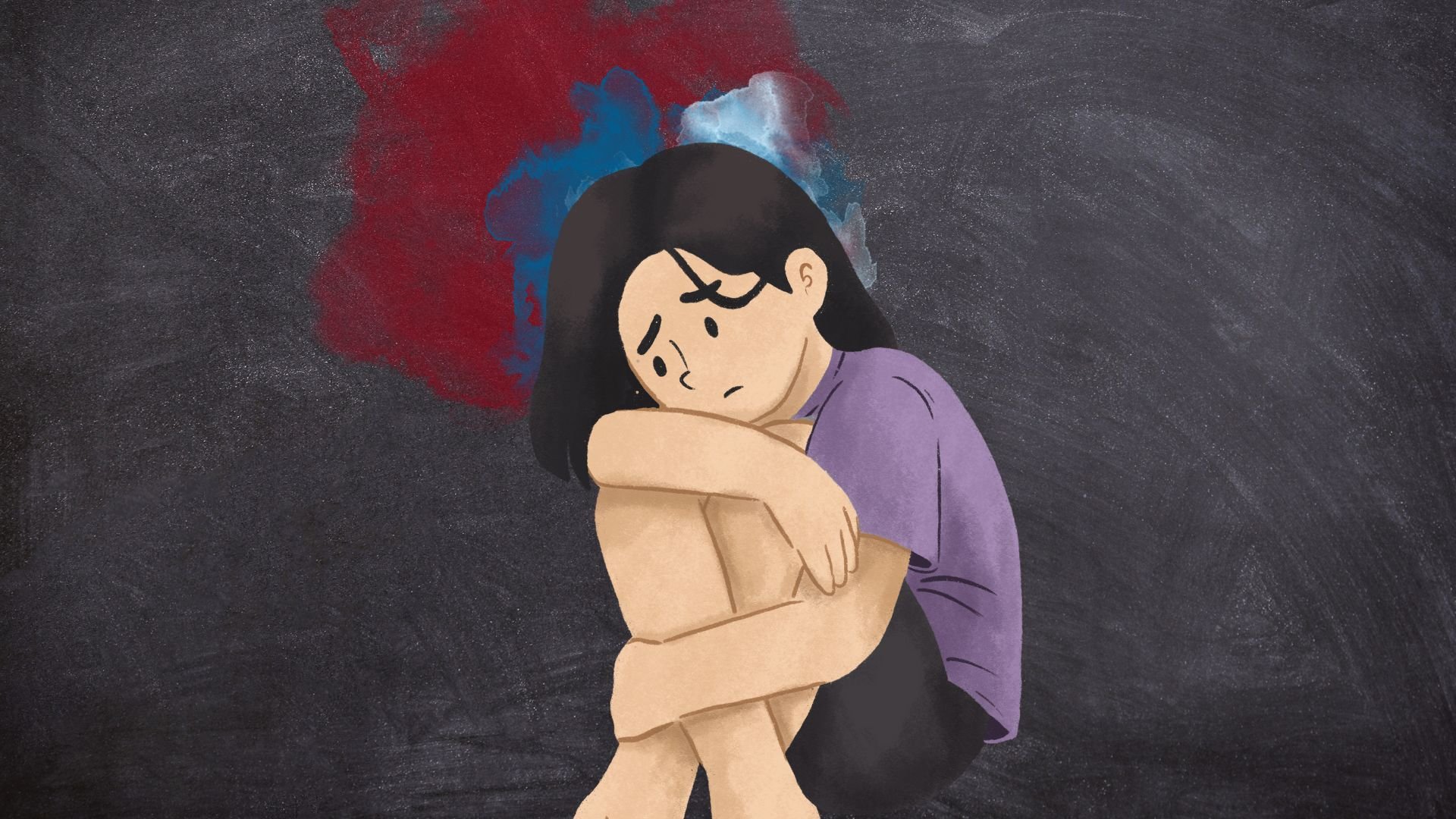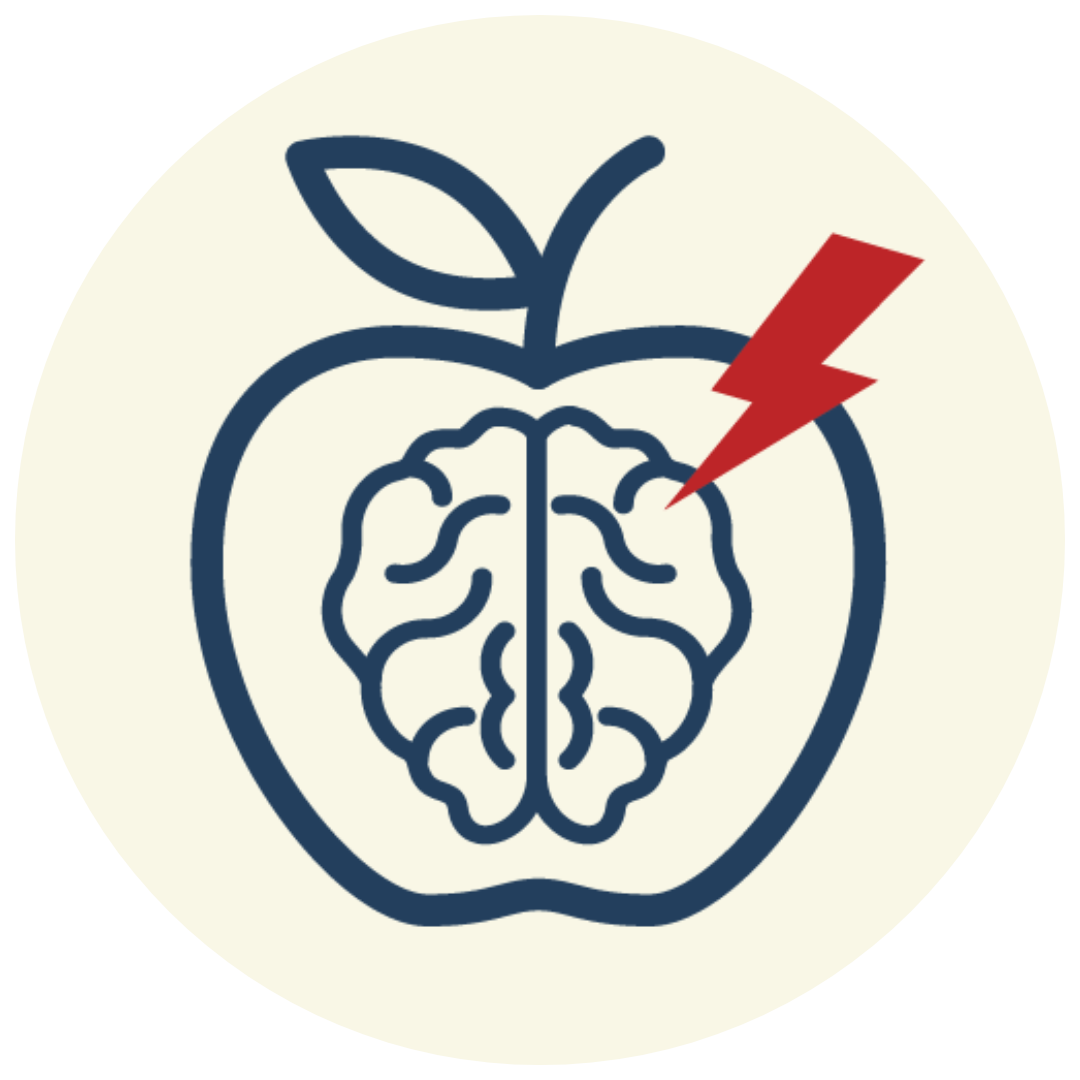
If you would like to set up a live virtual or in person presentation please fill out our form.
Understanding and Supporting Students with Migraine
A Self-Paced Virtual Course for School Staff presented by Migraine at School, the foundational initiative of the Danielle Byron Henry Migraine Foundation
Course Overview
This virtual module is designed to educate school staff on pediatric migraine, treatment options, the role of lifestyle changes, the importance of advocacy and equity in care, and how to use free resources to support students living with migraine at school.
Estimated Total Time: 60–90 minutes
1 CE Credit certified by the Lewis University College of Nursing and Health Professionals, an approved provider of nursing continuing education
Format: 6 short modules, each 8–15 minutes long, with downloadable resources at the end of each module
Audience: School nurses, counselors, educators, administrators
Learning Objectives
By the end of this course, participants will be able to:
Define pediatric migraine and identify how it differs from adult migraine, including key symptoms, stigma, and common misconceptions.
Corresponds to: Module 1 – What Is Migraine and Who Does It Affect?Describe common migraine treatments and school-based strategies to support students using them.
Corresponds to: Module 2 – Treatments and Management OptionsIdentify lifestyle and environmental triggers for migraine in the school setting and recommend simple strategies and accommodations to help prevent attacks.
Corresponds to: Module 3 – Lifestyle & Environmental TriggersSupport students in advocating for their needs and utilizing school resources, such as healthcare plans and migraine hall passes, to manage their condition.
Corresponds to: Module 4 – Empowering Youth: Advocacy and Self-ManagementRecognize the impact of healthcare disparities and systemic barriers on students with migraine and how schools can help close gaps in care.
Corresponds to: Module 5 – Removing Barriers to CareUtilize the free resources and downloadable tools provided by Migraine at School to better support students and staff.
Corresponds to: Module 6 – Using the Free Resources from Migraine at School
-
-
Lesson 1: Understanding Migraine as a Neurological Disease
Learn more about how migraine is not just a headache
Learn more about how migraine is not just a headache
-
We will review how migraine presents in children.
-
Lesson 3: Diagnosing and Recognizing Pediatric Migraine
You will gain insight into how children describe pain and why pediatric migraine often goes unrecognized.
You will gain insight into how children describe pain and why pediatric migraine often goes unrecognized.
-
Lesson 4: Mental Health Impact and Stigma
We will explore how migraine affects mental health and what you can do to help.
We will explore how migraine affects mental health and what you can do to help.
-
-
-
Lesson 1: Overview of Treatment Approaches
You will explore the three main categories of migraine treatment: acute, preventive, and device-based therapies.
You will explore the three main categories of migraine treatment: acute, preventive, and device-based therapies.
-
Lesson 2: What Students May Be Using at School
This lesson focuses on what migraine care looks like during the school day.
This lesson focuses on what migraine care looks like during the school day.
-
Lesson 3: Tracking and Responding to Symptoms
You will learn how tracking symptoms helps families, school staff, and healthcare providers better understand patterns.
You will learn how tracking symptoms helps families, school staff, and healthcare providers better understand patterns.
-
-
-
Lesson 1: Understanding Student Triggers
You will learn how everyday factors like dehydration, skipped meals, poor sleep, stress, and screen time can trigger migraine attacks in students.
You will learn how everyday factors like dehydration, skipped meals, poor sleep, stress, and screen time can trigger migraine attacks in students.
-
Lesson 2: Recognizing Patterns at School
We will focus on how school nurses and educators are uniquely positioned to notice patterns.
We will focus on how school nurses and educators are uniquely positioned to notice patterns.
-
Lesson 3: Building a Supportive Environment
This lesson covers simple, effective ways to support students in reducing migraine triggers.
This lesson covers simple, effective ways to support students in reducing migraine triggers.
-
-
-
Lesson 1: The Emotional Impact of Chronic Pain
You will explore how living with migraine can affect a student’s self-esteem, academic confidence, and social connection.
You will explore how living with migraine can affect a student’s self-esteem, academic confidence, and social connection.
-
Lesson 2: Teaching Self-Advocacy Skills
You will learn how to help students speak up about their needs in age-appropriate ways.
You will learn how to help students speak up about their needs in age-appropriate ways.
-
Lesson 3: Creating Space for Wellness
This lesson highlights the importance of fostering a school culture that supports wellness for students with migraine.
This lesson highlights the importance of fostering a school culture that supports wellness for students with migraine.
-
-
-
Lesson 1: Disparities in Diagnosis and Access
You will learn how systemic healthcare disparities impact which students are diagnosed and treated for migraine.
You will learn how systemic healthcare disparities impact which students are diagnosed and treated for migraine.
-
Lesson 2: Cultural Stigma and Underdiagnosis
We will explore how cultural beliefs and stigma within some communities.
We will explore how cultural beliefs and stigma within some communities.
-
Lesson 3: Supporting LGBTQIA+ Students
You will learn how LGBTQIA+ students may face additional barriers to healthcare.
You will learn how LGBTQIA+ students may face additional barriers to healthcare.
-
Lesson 4: Schools as Access Points
This lesson emphasizes the critical role schools play as frontline healthcare access points.
This lesson emphasizes the critical role schools play as frontline healthcare access points.
-
Lesson 5: Rural Access Gaps
You will learn how students in rural communities face unique barriers to diagnosis and treatment.
You will learn how students in rural communities face unique barriers to diagnosis and treatment.
-
-
-
Lesson 1: Starter Kit Overview
You will explore what’s included in the free Migraine at School materials and resources.
You will explore what’s included in the free Migraine at School materials and resources.
-
Lesson 2: Educational Materials
You will learn about two free lesson plans designed to reduce stigma and build empathy.
You will learn about two free lesson plans designed to reduce stigma and build empathy.
-
We’ll show you how to get extra support as you implement these tools.
-
Lesson 4: Final Reflection & Certificate
We will wrap the course up with a link to get all the resources and what you need to get your CE certification.
We will wrap the course up with a link to get all the resources and what you need to get your CE certification.
-
